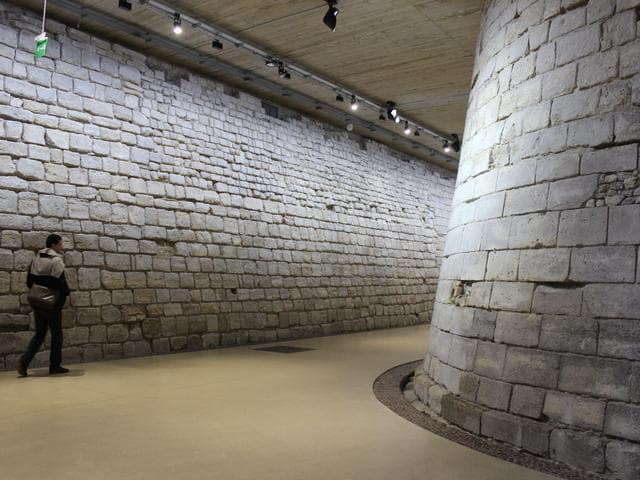Medieval Louvre

12th century.
The Louvre construction began in the 12th century (1180), when king Philippe Augustus commanded a fortress to be built on the site in order to protect the city of Paris from English and Norman attacks, while he went for the crusades with his army. More precisely, he ordered the creation of a wall for the whole city, and the Louvre as a bastion. Afterwards, it was used as a prison, a war arsenal and even as a treasury.
In the 14th century, its military function was no longer necessary, and King Charles V transformed it into a Royal residence.
However, during the Hundred Years War (1337-1453), the kings gradually abandoned Paris for the Loire Valley, which was safer, and the Louvre fell into ruin.
In the 16th century, it was queen Catalina of Médicis who made the fortress a Palace, works that continued some kings such as Francis I, Henry II and Henry IV.
What we see today, was submerged and forgotten, but it was rediscovered in the 1980s, during the excavation for the preparation of the “Grand Louvre” project, ordered by the French President François Mitterand to Leoh Ming Pei.
At that time, the external pyramid was created as a new entrance, and this showroom to show the true origins of the museum.
The origin of the name is unknown. There are two theories: It may come from the Latin word "lupara", which means “wolf”, since wolves lived here in the past; or it is a deformation of the old French word "lower", which means tower, and because of its origin as the defense of the city.
© Tourblink